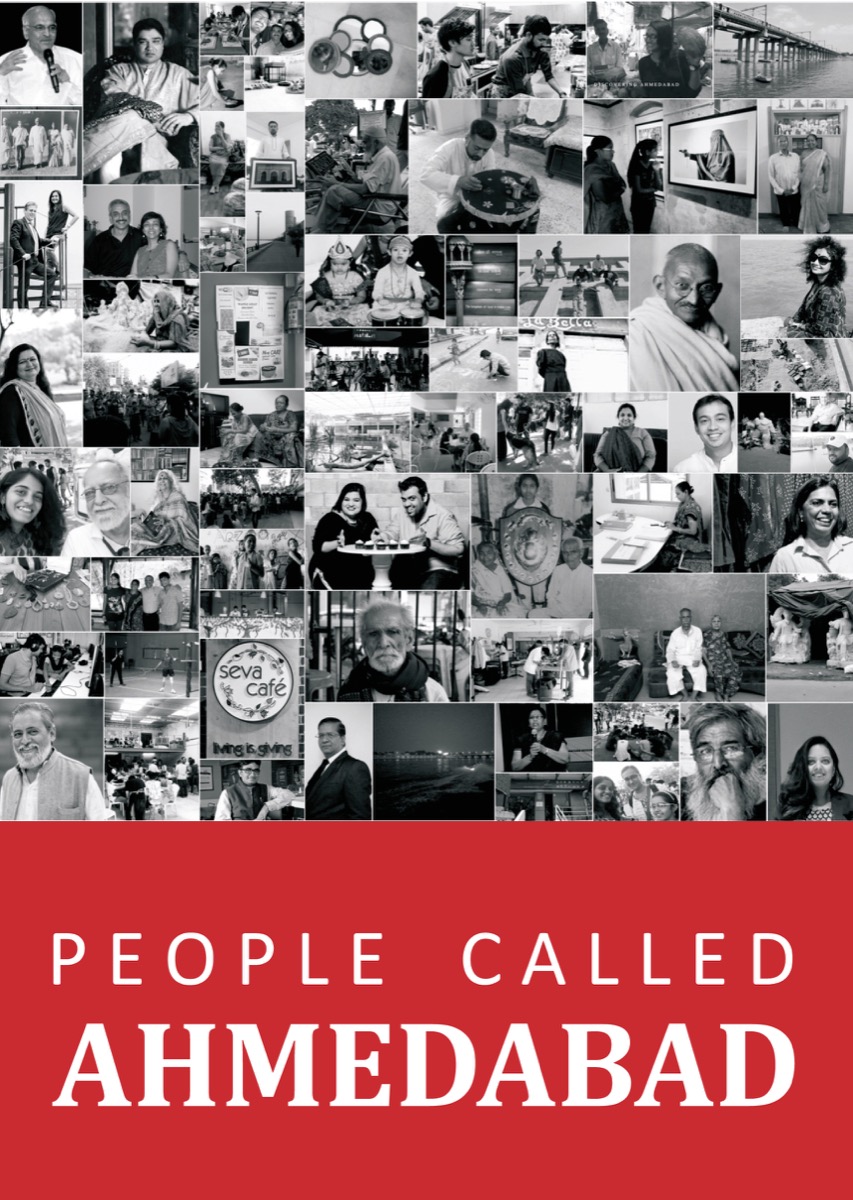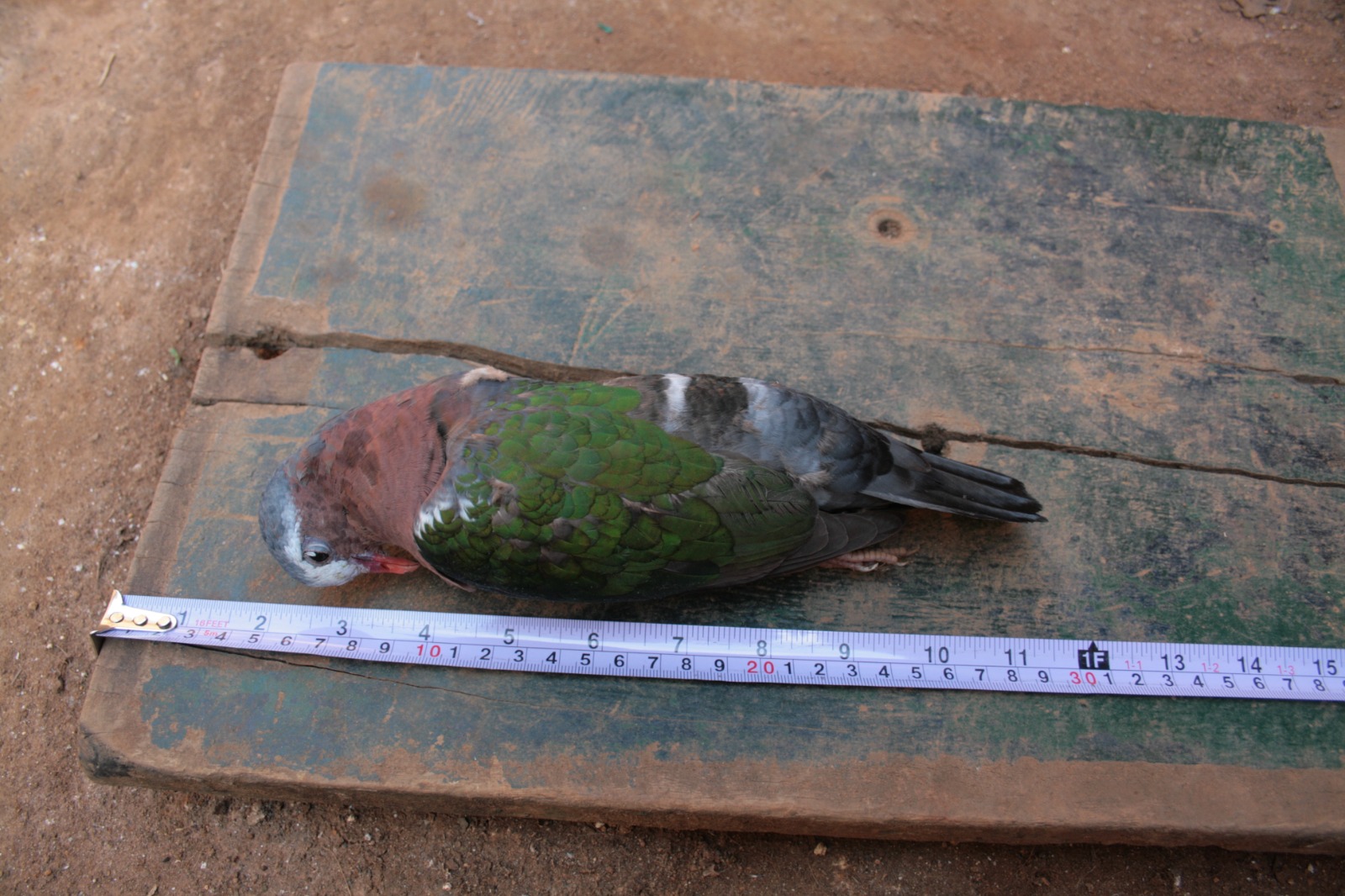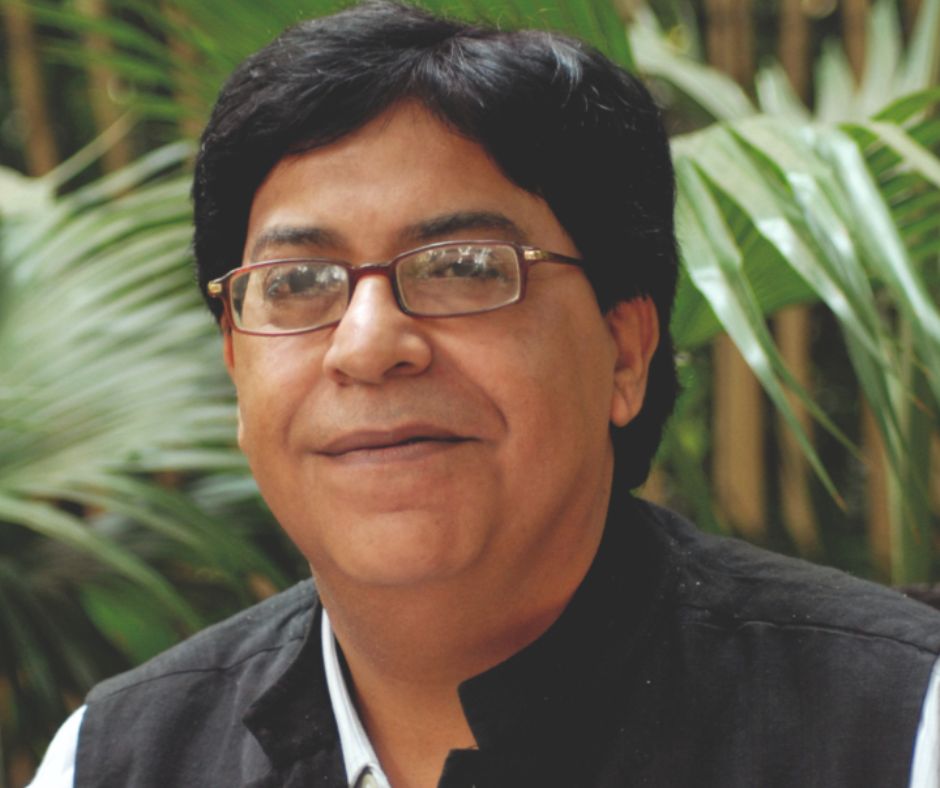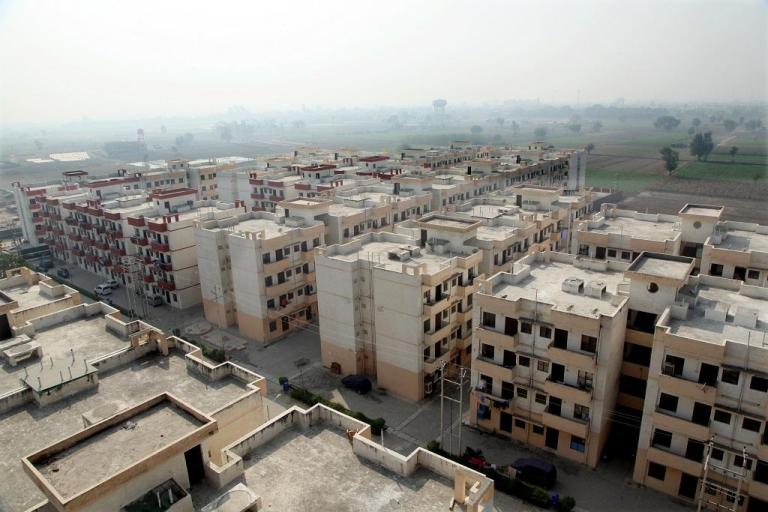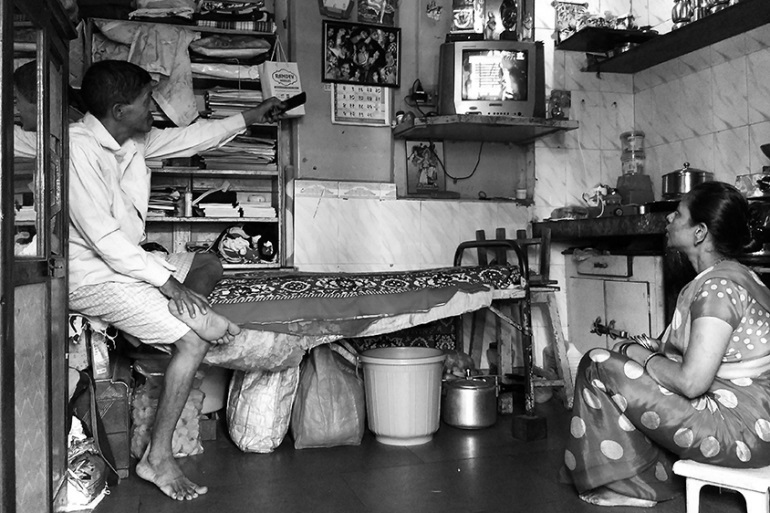People called Ahmedabad is the city’s collective narrative through stories of the people who call it home. Often these tales are full-fledged novels in their own right. But it is not the writer’s nor the protagonist’s personal story to tell. These individuals assimilate the city; falling serendipitously into compartments THAT encompass its history. Through a collection of 55 stories cutting across this social geography, detailed with snippets FROM INTERVIEWS, we hope to provide a re-reading of the city called Ahmedabad.
We found these vignettes in an array of spaces: We sifted through the city to discover stories about the mujawar at Ahmedash’s tomb, the scion of the city’s oldest philanthropic family, a refugee community who now calls the city home, those who still house the kitli culture, a boatman on the Sabarmati river on a mission to save people, entrepreneurs who have made the economy of the city tick, internet sensations who have revived the love for food among youth, a museum that talks about conflict, a bookseller at the city’s famous ravivari and many more.
Often we take the city we live in and the life around us for granted. People Called Ahmedabad is an attempt to pause, listen and reflect. To let the city and its people reveal untold tales.
Book Size: 148 mm X 201 mm
Number of Pages: 316 pages
Binding type: Paperback

